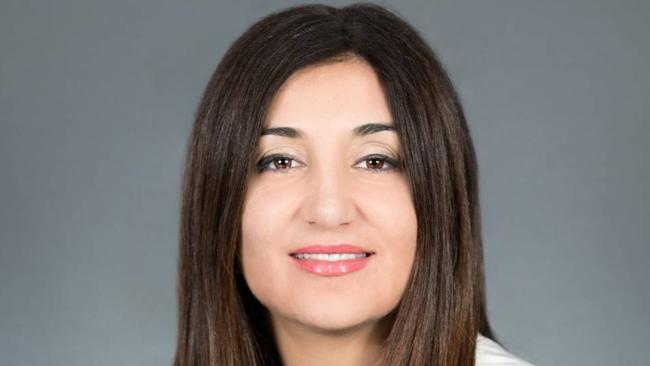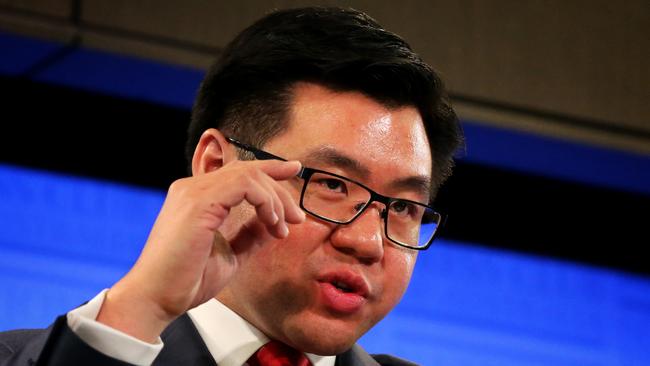Unconscious bias impacts the way we judge how people speak
If English is not your first language, you can face discrimination in the workplace
Almost a third of Australia’s population is made up of people born overseas, many of whom have come seeking a better life. But despite the nation’s multicultural diversity, there is still accent discrimination in hiring and within the workplace.
New research from the University of Queensland has revealed people belonging to marginalised or minority groups experience the strongest accent bias compared with those described as having “standard” accents.
The UQ research team, led by Jessica Spence, reviewed almost 30 papers on accent-based hiring biases that included more than 4500 participants from around the world.
“Potentially these things are happening at an unconscious level,” Spence says. “People may think it might be more OK to make a comment or a decision based on the way someone’s speaking as they may be able to rationalise the decision through another means … for example, they could say the decision is based on communication requirements for a role.”
The study was focused on biases between those with standard accents, in this case American-accented English in the US, which is identified as the generally known way of speaking, and candidates with accents that fell outside this. This bias occurred among candidates with non-standard accents such as Chinese-American or Mexican-American accents, but did not occur with British-accented English speakers.
The research also found the understated form of discrimination was strongest towards women from marginalised or minority groups. Men were judged equally in the hiring process regardless of their accent.

The UQ paper suggests two main explanations for this bias. The first is processing fluency, which concerns the ease or difficulty with which information is processed. It is rooted in the idea that heavier non-standard accents may make it more difficult for others cognitively to process what is said relative to standard accents. The second explanation is the element of prejudice; that the differing accents point to a feature of “otherness” in non-standard-accented candidates that is rooted in social categorisation or stereotypes.
The final results showed a strong tendency for those with standard accents to be favoured, with accent bias greater when communication demands for a job were high. The researchers say that as employment discrimination is usually on visual cues, this study may help workplaces and employers to become aware of these biases and act against them.
Diversity Council Australia, the peak body leading diversity and inclusion, has conducted reports for its member organisations on discrimination issues. Its 2020 Racism at Work research found employees often found that colleagues mimicked their accents during office meetings, for example,
DCA chief executive Lisa Annese says last year’s Inclusion at Work survey, which looked at more than 500 people, found culturally and linguistically diverse applicants experienced rejection because of their accent.
“Our previous research has shown that women from culturally and racially marginalised backgrounds do experience amplified bias, sometimes called ‘double jeopardy’, because of the compounding effects of racism and sexism,” Annese says.
“As one woman told us: ‘For culturally diverse women, it’s not twice as difficult, it’s four times as difficult.’ ”

The inclusion report showed 3.3 million working-aged Australians were looking for work, with about 113,000 people discouraged from work for reasons such as discrimination.
Those facing the highest levels of exclusion were First Nations people, with one in two reporting experience of discrimination and harassment in the workplace.
University of Sydney professor of practice and former race discrimination commissioner Tim Soutphommasane says workplace discrimination is one of the most prevalent forms of racial discrimination.
“Unfortunately, some people do make assumptions and adverse judgments of others’ ability based on their accent,” he says.
“Those who speak with accents because they come from non-English-speaking backgrounds can be underestimated and overlooked because they sound different from the majority.
“While Australian society is proudly multicultural, we are yet to see our diversity fully reflected in the leadership positions within Australian workplaces. Prejudice and discrimination are undoubtedly factors. It’s not uncommon to find workplaces and industries where diversity is present, but only in the most junior levels and not higher up. There is increasing recognition of how workplaces lose when they don’t make the most of their workforce’s talents.”
The Australian Human Rights Commission complaints for 2021-22 reveal almost 500 complaints under the Racial Discrimination Act with 24 per cent specific to employment.

Robert Half director Nicole Gorton says businesses should address potential first impression bias especially as younger applicants take on a “values-driven approach”.
“Australian organisations aim to foster a culture of inclusivity, but first impression bias, though often unconscious, can creep its way into the recruitment process,” she says.
“In a tight and skills-short finance and technology market where many Australian employers rely on international talent to address skills gaps, it is in the company’s best interest to implement such strategies.”
The recruitment agency says anonymising CVs and panel interviews would help address bias. Advertising on job boards that target minority groups also would be a good strategy.



